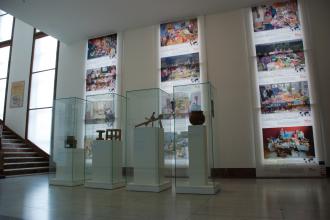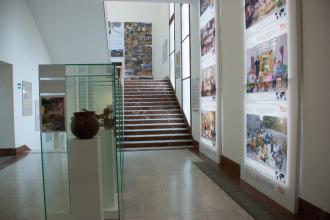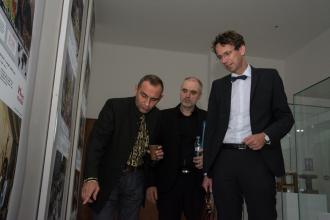How to do it step by step
1st Step:
Obtaining the original posters and copyright permission
We negotiated with an organization in the USA that holds the copyright for Peter Menzel’s work and controls the distribution of related materials. We decided to buy a set of posters from the project “Hungry Planet – What the World Eats” together with explanatory materials. There were long delays caused by problems with the payment, which had to be made by a special funds transfer. Another delay was caused by Czech customs procedures. That is why this step took around six weeks to complete.
2nd Step:
Translating information for the Czech poster
We found a translator and asked him to translate the information to be added to the posters. The translation and proofreading process was completed in three weeks.
3rd Step:
Creating the Czech poster
It was quite easy to find a photographer who was willing to produce a similar poster of a Czech family. We chose the photographer Blanka Lamrova, who has been working for the National Gallery in Prague for a long time.
However, it was not easy to find a Czech family to photograph and to obtain permission to publish their food habits and their food consumption for one week. Finally, we found a family from Moravia that was willing to cooperate with us.
We came to an agreement with the family. They made a list of foods normally consumed and we then bought the food, arranged it in their flat and took the photo.
It was also important to collect the same types of statistical data that were displayed on the original posters.
4th Step:
Designing the exhibition
Following discussions with the architect and museum representatives, we decided to place the posters over the exhibition hall windows. This helped to create a special optical effect.
For that reason, the posters were rescanned with accompany texts in Czech and prepared for printing on a self-adhesive translucent material. We decided to build a frame around the windows and stick Plexiglas over them, on which the posters were placed. These posters were printed together with posters for other Museo Mundial installations. This step took us four weeks.
5th Step:
Installing it in the museum
We came to an agreement with a specialized company for them to set up this installation for us in the museum. They prepared draft plans showing how the installation would look and the technical solutions to be employed. These were agreed by Educon and the National Museum of Agriculture.





















